Numberspeak | Out of Every 100 Tickets Issues in DTC and Cluster Buses in Delhi, Over 40 Were ‘Pink’
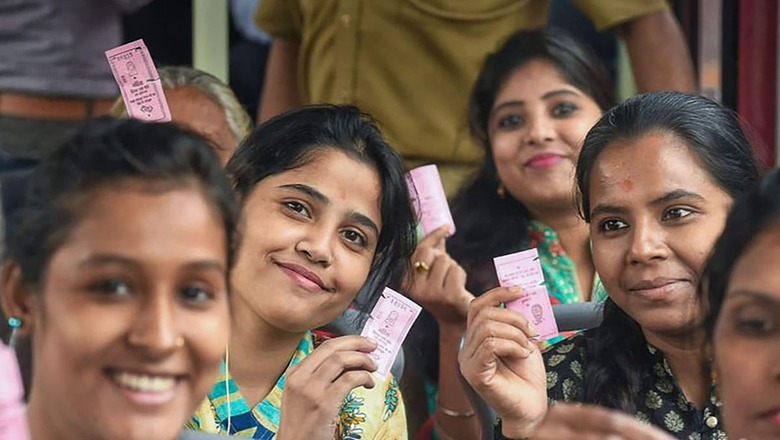
views
Out of every 100 tickets issued in DTC buses in Delhi, at least 43 were ‘pink’, an increase from 20 earlier, official documents analysed by News18 show. For cluster buses, too, the share of pink tickets crossed 40%.
According to Delhi’s Outcome Budget 2023-24, the average percentage of pink passes among total tickets issued per day for DTC buses improved from 20.78% in 2020-21 to 43.28% in 2022-23. For cluster buses, this share improved from 32.69% to 41.06% for the same period.
Little before the 2020 Assembly elections and the outbreak of Covid-19 pandemic, the Arvind Kejriwal government had announced free travel facility for women in DTC and cluster buses from October 2019. It was the first time in India that free travel for women was implemented on a large scale.
In the 2020-21 budget speech, then Delhi finance minister Manish Sisodia had said the step will prove to be a milestone in empowering half of the population in becoming partners in the family and economy of the country. The next year, he said that the scheme was launched to promote a spirit of personal independence among the women of Delhi and that the facility will continue in 2021-22.
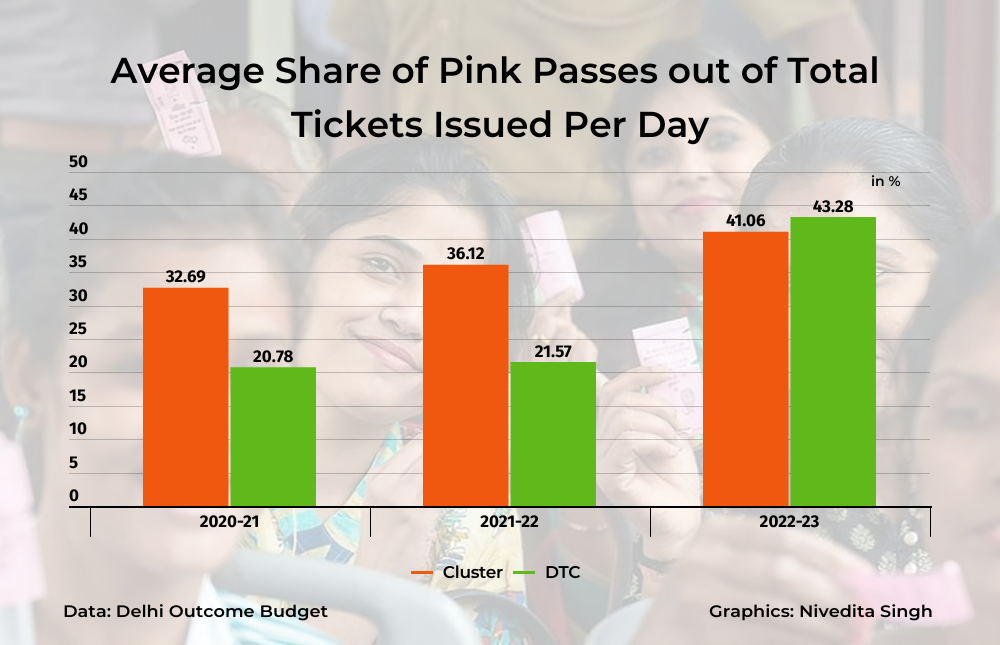
For every ‘pink’ ticket issued for free to women in buses, Rs 10 is reimbursed to the operators. DTC is printing these passes and issues to cluster buses. The operators have to maintain proper accounting of these tickets.
Between October 2019 and January 2023, 100 crore pink tickets were sold. In 2021-22, more than 26.5 crore women were issued these passes while in 2022-23, it increased to about 48 crore.
Ridership Yet to Reach Pre-Covid Levels
While the women’s ridership has improved in Delhi buses, the overall ridership is yet to surpass pre-Covid numbers.
In 2019-20, just before the outbreak of coronavirus infection, the daily average ridership of DTC buses was 33 lakh, while for cluster buses it was 18 lakh. Collectively, these buses were accommodating over 51 lakh passengers per day on an average.
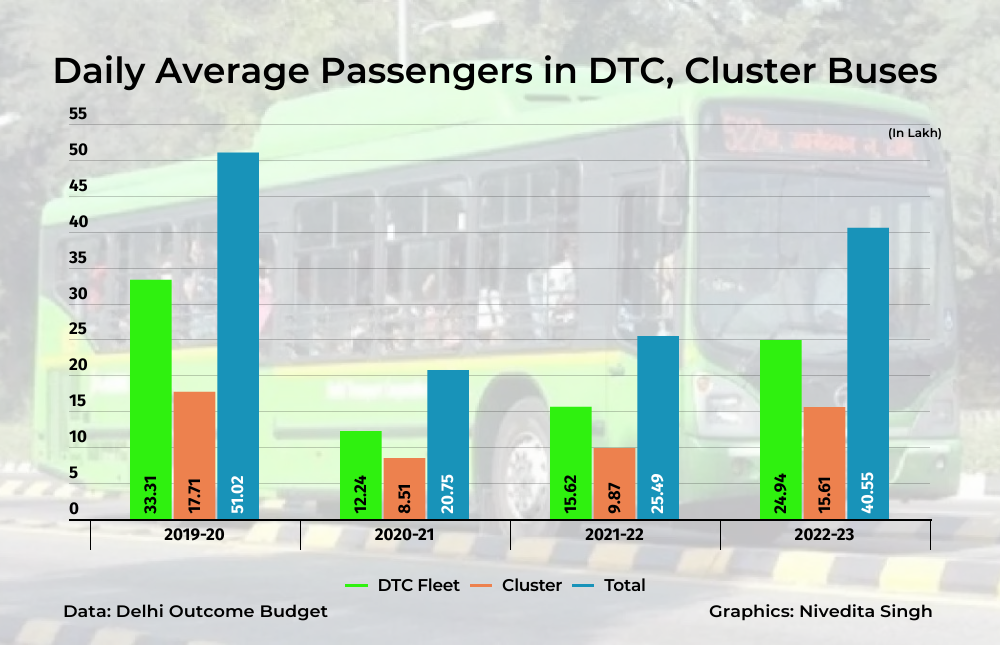
In 2022-23, the ridership of the buses improved to over 40 lakh. However, it is yet to surpass pre-Covid numbers. The share of the cluster buses in ridership has increased significantly, better than DTC buses, in the last few years but it has also not surpassed the pre-Covid ridership.
DELHI AWAITS MORE BUSES
More than two decades ago, in 1998, the Supreme Court had directed the Delhi government to augment its fleet of buses to 10,000 by April 2001. However, 25 years on, Delhi is yet to touch that landmark. In 2018, the Delhi government informed the apex court that the city is far from its total required strength of 11,000 buses.
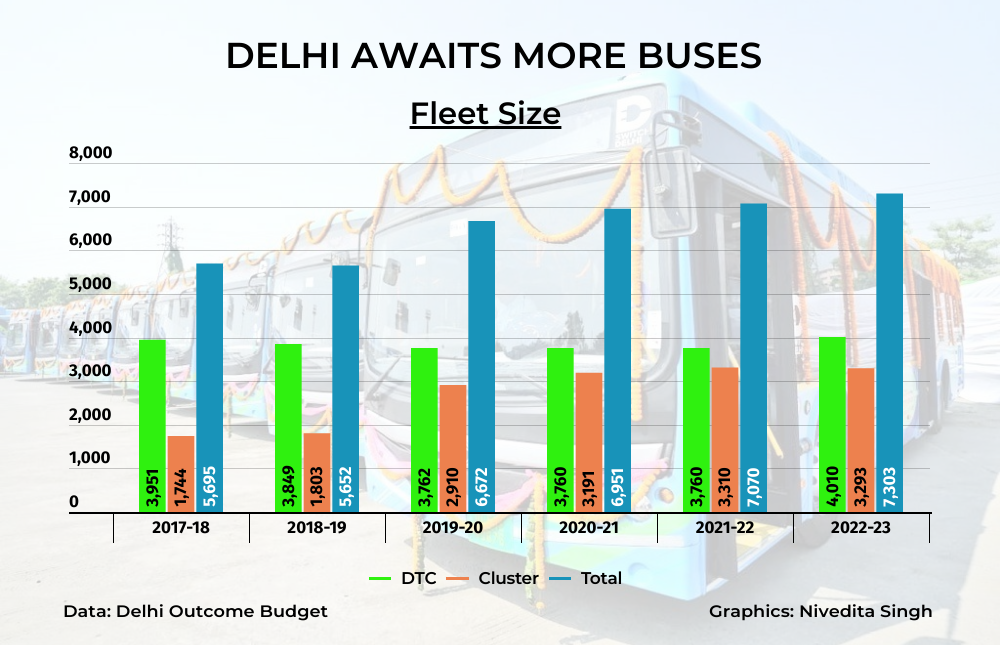
The total count of buses in the Delhi Transport Corporation (DTC) and cluster fleet stands at 7,303 as of March 2023. Although the numbers are not even close to the 10,000-11,000 mark, it has improved in the last few years. But a major challenge lies ahead for the city.
As of December 2023, the Delhi government’s fleet had 7,232 buses, including 4,391 DTC buses and 2,841 clusters. The number of buses dropped as the over-aged buses have to be retired each year. The operational life of a bus is 12 years or 7.5 lakh km.
Almost 3,000 buses currently running in Delhi are scheduled to retire this year.
This week, Delhi Transport Minister Kailash Gahlot announced that 500 electric buses will be flagged off in the city on January 23, taking the number of such buses on city roads to 1,800.










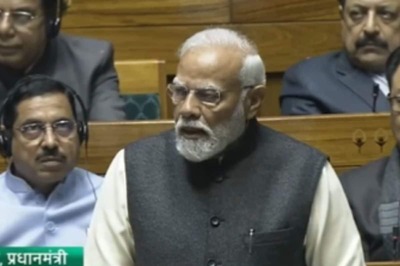



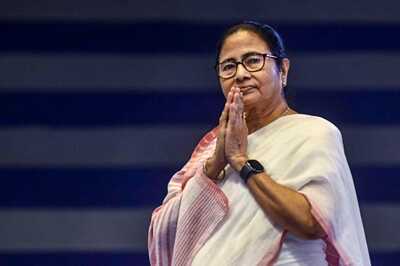
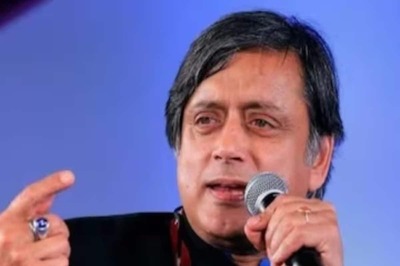
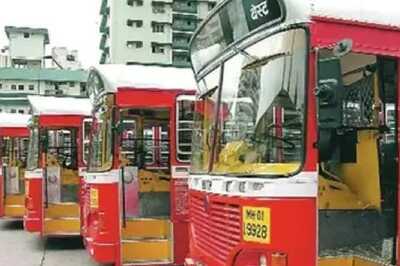


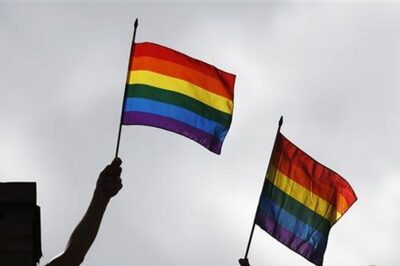
Comments
0 comment